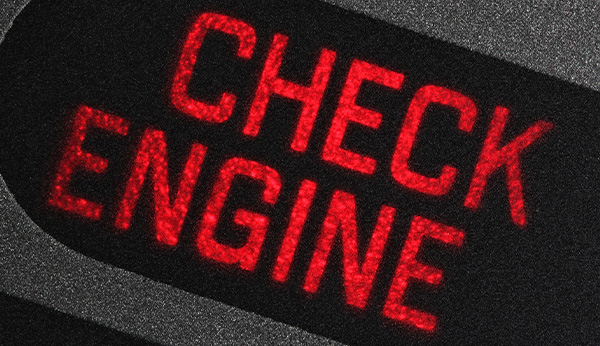
Welcome to the Mike and Sons Automotive blog! Today, we’re diving into the world of Variable Valve Timing (VVT)—an essential technology in modern engines that enhances performance, fuel efficiency, and emissions control. Understanding how VVT works and how to maintain it can save you money and ensure your vehicle runs at its best.
What is Variable Valve Timing (VVT)?
Variable Valve Timing (VVT) is a technology that optimizes the timing of the valve openings and closings in your vehicle’s engine. By adjusting the timing based on driving conditions, VVT improves engine efficiency, power output, and fuel economy. Many modern vehicles, especially those equipped with four-cylinder engines, utilize VVT systems to enhance performance.
How VVT Works
In a traditional engine, the timing of the intake and exhaust valves is fixed. VVT systems, however, use hydraulic or electronic mechanisms to alter this timing. This allows the engine to adapt to various speeds and loads, providing the following benefits:
- Improved Fuel Efficiency: By optimizing valve timing, VVT allows for better air-fuel mixture combustion, leading to improved mileage.
- Enhanced Power Output: Under acceleration, the engine can adjust the timing to provide more power when needed.
- Reduced Emissions: By optimizing combustion, VVT helps lower harmful emissions, making your vehicle more environmentally friendly.
Signs of VVT Issues
Keeping your VVT system running smoothly is crucial for maintaining your vehicle's performance. Here are some common signs that you might be experiencing issues with your VVT system:
- Check Engine Light: If your check engine light comes on, it could be an indication of a VVT-related problem. It’s essential to have your vehicle diagnosed promptly.
- Decreased Fuel Efficiency: A noticeable drop in miles per gallon (MPG) could signal that your VVT system isn’t functioning correctly.
- Rough Idle or Hesitation: If your engine struggles to idle smoothly or hesitates during acceleration, your VVT system may need attention.
- Poor Performance: A lack of power during acceleration may indicate that your VVT system isn’t optimizing valve timing as it should.
Tips for Maintaining Your VVT System
At Mike and Sons Automotive, we believe that preventive maintenance is key to keeping your VVT system—and your entire vehicle—running well. Here are some tips to help you maintain your VVT system:
Regular Oil Changes
One of the most important maintenance tasks is changing your engine oil regularly. VVT systems often rely on oil pressure to function properly. Using the correct oil type and keeping it clean will help your VVT system operate efficiently. Ensure you use high-quality engine oil that meets your vehicle manufacturer’s specifications. Synthetic oils can often provide better performance in high-stress conditions, enhancing the functionality of your VVT system.
Keep the Engine Clean
Regular engine cleanings can help prevent sludge buildup, which can impede the operation of your VVT system. This includes cleaning or replacing air filters and ensuring the intake system is free of debris.
Pay Attention to Warning Signs
Don’t ignore warning lights or performance changes. If you notice any signs of VVT issues, bring your vehicle to Mike and Sons Automotive for a thorough inspection.
Schedule Regular Maintenance
Regular maintenance checks are essential for the longevity of your vehicle’s engine and VVT system. During these checks, our experienced technicians will ensure that all components, including the VVT system, are in top condition.
At Mike and Sons Automotive in Sacramento, we’re here to help you with all your automotive needs. Whether you have questions about your VVT system or need a routine maintenance check, don’t hesitate to reach out. Schedule an appointment today, and let our skilled technicians keep your vehicle in peak condition!